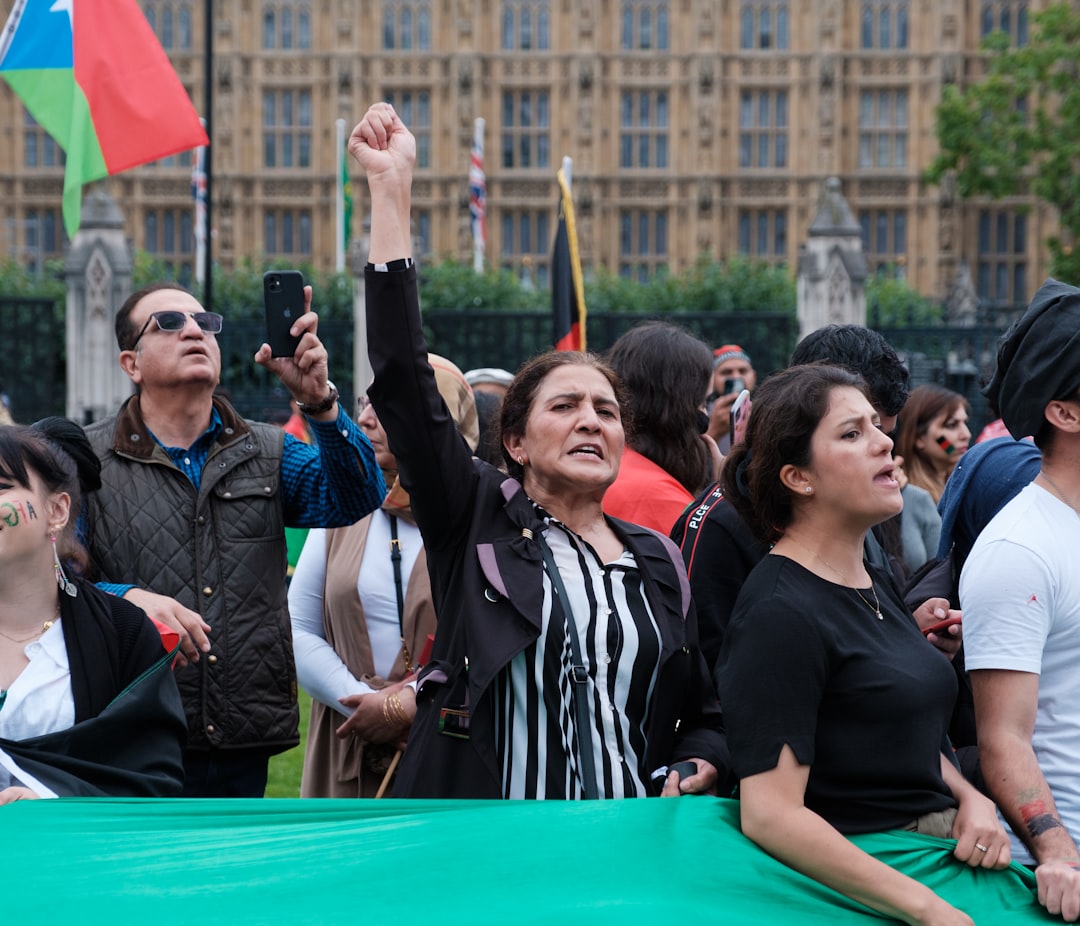What is it about?
This article examines how William, Archbishop of Tyre (c. 1130-c. 1186) uses history to hold up a mirror for the (former) Europeans living in the Crusader State of Jerusalem. William wrote a history of the Crusader States from the First Crusade (1096-1099) to his own day (c. 1180). In this history, he uses examples of famous deeds of former generations to spur the generation of his own time to similar deeds. He also describes how the Fatimid dynasty of Egypt lost power because of their infighting and lack of morals. This seems to be a mirror for his readers.
Featured Image

Photo by Adam Kring on Unsplash
Why is it important?
By setting up the Fatimids as a mirror for his readers, William blurs the boundaries between the Christian 'Self' and the Muslim 'Other'. Research on the Crusader States often makes use of sharp distinctions between Muslims and Christians. This article shows that these distinctions are, to some extent, artificial.
Read the Original
This page is a summary of: William of Tyre, Orientalism and the (De)Construction of Latin Identity in Twelfth-century Jerusalem, Medieval Encounters, December 2022, Brill,
DOI: 10.1163/15700674-12340152.
You can read the full text:
Contributors
The following have contributed to this page










